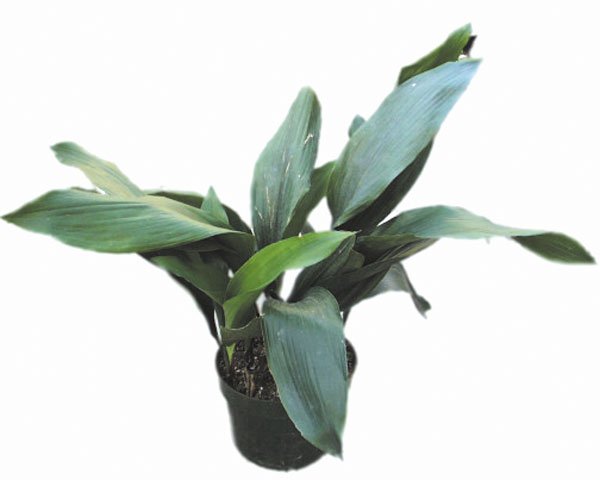Half art, half science, the ability to give houseplants their
proper place in the room is a skill indeed. But the most important
skill the average homeowner needs in order to find the exact place
for their favorite plant is common sense.
Half art, half science, the ability to give houseplants their proper place in the room is a skill indeed. But the most important skill the average homeowner needs in order to find the exact place for their favorite plant is common sense.
“Think about where your plants would live in nature,” said Barbara Piini, a spokesperson with the Santa Clara County Master Gardeners’ Hotline. “Ferns like it shady and cool during the day. Out in nature they live in forests under trees, so that makes sense.”
Tropical and desert plants are best suited to the constant heat and artificial light of indoor environments, according to horticulturalist and North Dakota State University professor Ronald Smith, though the two have very different needs.
Tropical plants may, quite obviously, require much more water than desert plants, but homeowners should remember that even a cactus needs water, said Piini.
“You still have to take care of them, you still have to water them and you still have to fertilize them,” she said.
Plants are separated mostly by light needs, which can often dictate their placement in a room.
If homeowners want specific plants in the home, they’ll have to study up on the needs of their plant of interest with a plant bible like the “Western Garden Book” by Sunset magazine, said Piini.
A cactus will love the southwest window, since it requires a great deal of light, whereas tulips and daffodils, which generally grow in much cooler climates, prefer the soft, cool light of a northern window.
If decorating a specific space is the concern, many plants are divided by their light needs, and it can be a simple matter of matching the appropriately sized plant to the space.
For instance, a bit of green can spruce up large, low-light areas like offices and basement apartments, according to Smith.
Plants like aspidistra elator or chamaedora elegans grow with little to no natural light and yet remain green. They also take up a considerable amount of room, growing up to six feet in height and four feet around, according to Smith.
If all else fails, it’s all right to go plastic. Florists offer a wide variety of high-quality silk flowers, so if you have an idea of height and size they can generally put together an arrangement to your liking. For a true custom look, ask them to “plant” the creation in a ceramic pot, wicker box or other base of your choosing.













